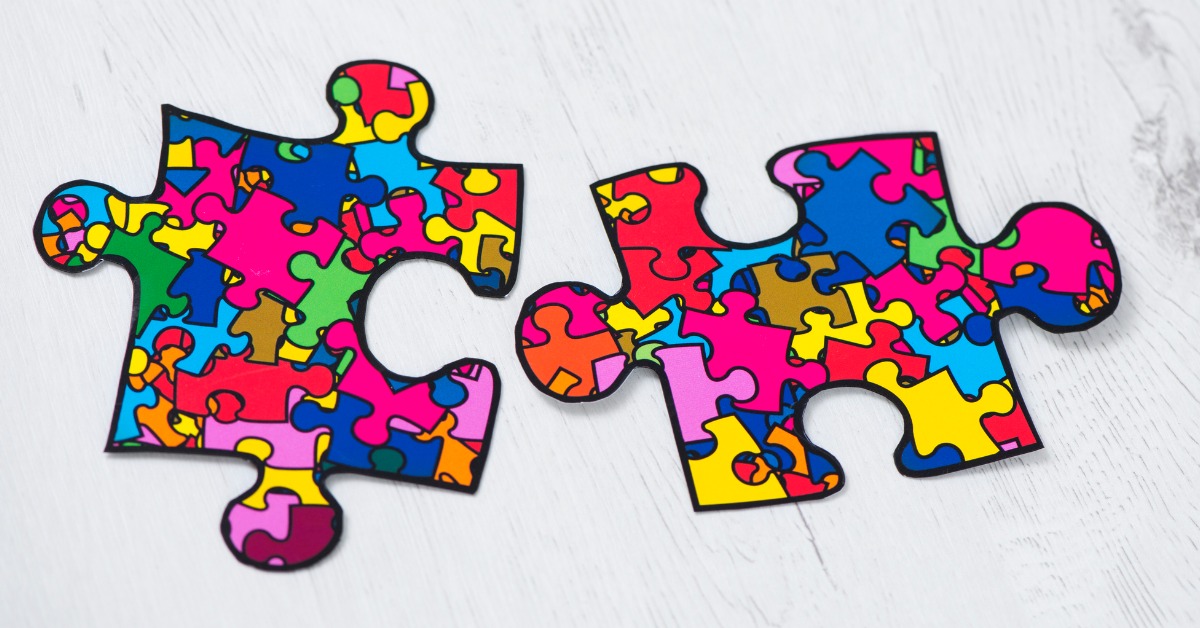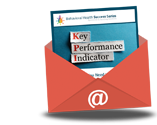
11 Apr Autism Acceptance Month Celebrates Differences to Ignite Change
April is Autism Acceptance Month (AAM), a month-long celebration devoted to raising advocacy for and awareness of Autism Spectrum Disorder (ASD). This year marks the 50th anniversary of AAM, which was founded by the Autism Society in 1972 to spread awareness, promote acceptance, and ignite change. While efforts are ongoing throughout the year, each April marks a hallmarked time dedicated to recognizing our differences in order to celebrate them. According to the AS, acceptance means “creating a world where everyone in the Autism community is connected to the support they need, when they need it.” To that end, the month’s theme is “celebrating differences,” to help highlight that our unique quirks – our differences – make us who we are. And who we are should be celebrated.
Data on the number of individuals with autism in America is fairly new. Researchers only began tracking rates of autism diagnosis in 2000, and prevalence has risen steadily since. While on the surface the increase seems to point to an autism epidemic, experts note that diagnostic criteria adjustments and the success of general public awareness efforts – like AAM –- are the real reasons behind the annual rise. The history of autism and its awareness has shifted rapidly over the past few decades. In 2018, the CDC estimated that about 1 in 44 eight-year-old children have autism. Interestingly, the rate varies widely by geographic location, likely an indication of each state’s individual testing practices, general public awareness, and testing availability. While prevalence in Colorado is listed at 1 in 93 children, in New Jersey, where incidence is highest, the rate is 1 in 41. Testing practices would benefit from standardization, so that rates can become more uniform.
Understanding The Autism Spectrum
In order to fully accept autism, one must understand that the experience of autism is different for everyone on the autism spectrum. Perhaps the best way to convey the diversity of experience is with a quote from Dr. Stephen Shore, an autism advocate, professor, and medical education professional who also happens to be on the spectrum. Of autism, he famously said: “If you’ve met one person with autism, you’ve met one person with autism.”
Autism is highly individualized and the experience, ability, and development of individuals with autism spectrum disorder (ASD) varies widely. The answer is not simple – nor is it succinct. ASD is a neurodevelopmental disorder caused by differences in the brain, as compared to neurotypical people. While some individuals with ASD have identifiable genetic conditions that mark the disorder, others do not – in those cases, causes are still unknown. Currently, scientists believe that various causes coalesce to impact development and result in a form of autism.
While individuals with autism may behave, communicate, socialize, and learn in ways that are different, there are usually no physical differences that set them apart. Hallmarks of autism include:
- Varying degrees of difficulty with social interaction and communication abilities that persist across time and environment.
- Differences in sensory processing from “neurotypical” people, such as extreme sensitivity – or conversely, extremely lowered sensitivity – to external stimuli.
- Restricted or repetitive behaviors, patterns, activities, and interests that may appear like fixations or obsessions.
These traits typically appear during early childhood and are used to help with diagnosis. Completely opposing characteristics are possible among the autistic population. For instance, while certain autistic individuals may comfortably converse, others may be entirely nonverbal. While some ASD people may require daily caretaking, others can live, work, and socialize independently or with very little support.
From Awareness to Acceptance
Until March of last year, Autism Acceptance Month was historically known as Autism Awareness Month. Since the event’s inception, spreading awareness had been a pivotal empowerment tool for autistic individuals and their loved ones. As annual events, advocacy, diagnostic criteria, legislation, and other societal change progressed, public awareness skyrocketed.
In 2021, the Autism Society published a press release urging the public to accept the alliterative change and drive further momentum. According to the group, while a single word swap may seem minor, the meaning behind the shift is massive. The press release noted that while awareness is always important, acceptance is the key that can ignite true change for the autistic community. Christopher Banks, President and CEO of the Autism Society of America said: “As many individuals and families affected by autism know, acceptance is often one of the biggest barriers to finding and developing a strong support system.”
As acceptance signals true integration within broader society, the campaign #CelebrateDifferences was born to help socialize the change. Celebrating differences through connection and acceptance allows autistic individuals and their families to live full, unconstrained lives. This year’s acceptance month builds on the theme to drive home the point that everyone deserves the chance to live fully and embrace all that life has to offer. The Autism Society’s new website is designed around this theme and showcases many different faces of autism. To learn more and take part in the movement, visit their new AAM month page here.
Celebrating Differences this Autism Acceptance Month
This month and all year long, we can embrace the differences that make every individual unique. As the world can oftentimes feel overwhelming for those with autism, below are some tips for “autism friendly” changes, accessibility initiatives, and general interpersonal tips that can help everyone feel included and live fully.
Immerse yourself in first-hand stories. As with all initiatives, the best first step is education. Read accounts of living with autism from autistic advocates who speak publicly about their experiences. Some great first choices include Lori Sealy, The Autistic Advocate, and Jonathan Rowland.
Learn the language. Is it “my son has autism” or “my son is autistic”? Words matter. So is it best to refer first to the person or the condition? In order to speak inclusively, read guides on how those living with the condition prefer to refer to themselves. Identity-first language that does not treat autism as a disease is generally preferred by the autistic community. Learn more about these linguistic nuances here and here.
Amplify autistic voices. Too often, autistic people are sidelined, overlooked, or spoken on behalf of. As an ally, help cut through the noise. Amplify their voices – like those shared on the Autistic Self Advocacy Network (ASAN) – so that more autistics can share their perspectives:
- Reshare posts written by autistic writers on social media, blogs, outlets, and online community boards
- Help address and stop cyber bullies who target people who are autistic
- When contributing to the dialogue, be sure to learn what the austistic community prefers, and then preface your comments with statements like: “the autistic community prefers…” and, “the autistic community says…”.
Environments that adjust to consider and help accommodate the various needs and perspectives of the autism community are considered “autism friendly.” Created by the father of a son with autism, the Autism Village App is designed to help individuals with ASD and their families identify places that will help foster a good environment for those on the spectrum. To help support autistics’ social interactions, FlummoxandFriends offers a game narrative featuring quirky scientists who study the most perplexing scientific mystery of all: other people. AssistiveWare’s text-based Augmentative and Alternative Communication (AAC) app, Proloquo4Text, converts text to speech in a variety of voices – including one’s own – to help nonverbal autistics communicate confidently and make themselves heard.
Reconsider “normal” social cues. Eye contact is frequently touted as the primary indicator that an individual is connecting with you and actively listening to what you are saying. However, when considering an autistic person’s perspective, this rule does not apply. Making and maintaining strong eye contact is often difficult or impossible for those with autism, but it does mean they are not actively processing the conversation. As an ally, help spread awareness that respectful social listening does not take only one form.
This April and beyond, help affirm and validate autistic people. Every individual deserves to live fully, feel valued, and enjoy a meaningful life full of ups and downs, challenges and milestones, and growth periods. Our differences are worth learning about – and equally worth celebrating.
As acceptance of autism continues to flourish, so too does awareness of the importance of mental healthcare. With demand for mental health services outpacing capacity, behavioral health agencies can quickly become overwhelmed. EHRs are key to generating efficiencies that free up administrative time so you can focus on supporting your clients. Our solution offers features designed to help keep your organization’s financial and clinical operations running smoothly, so you can focus on what you do best – taking care of others. To learn more about how NextStep Solutions is purpose-built to help behavioral health practices operate at their best, contact us today.



Sorry, the comment form is closed at this time.